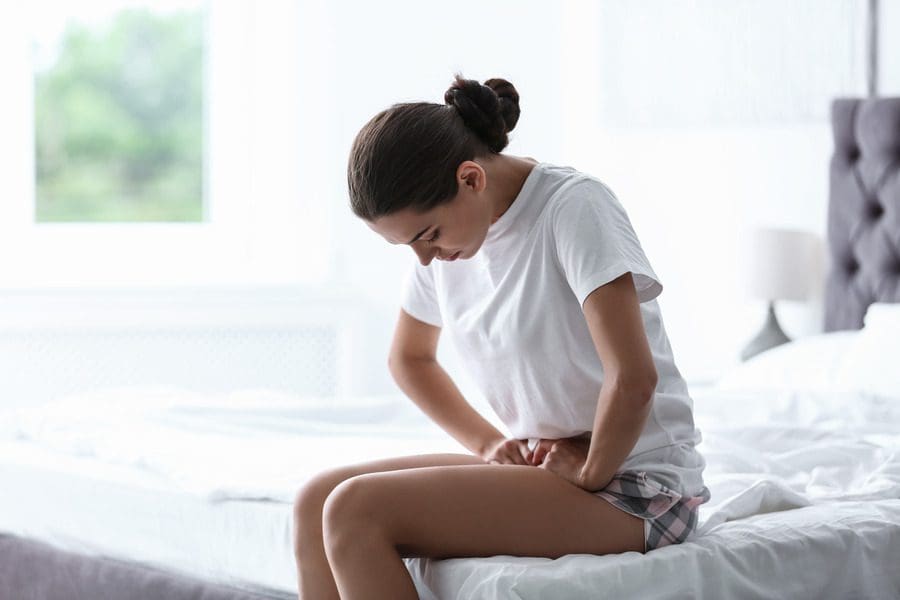Alright, ladies, today we’re getting candid about yeast infections. They’re itchy and uncomfortable, and sometimes the symptoms start so mild that you don’t even know you have one until it’s too late. Education is the best prevention, so let’s discuss what causes them, how to treat them, and how to prevent them.
Back to Basics
The first thing anyone with a vagina should know is that yeast infections are super common – 75% of women will have at least one yeast infection in their lifetime. Yeast infections can happen to anyone, but certain variables make you more susceptible to them.
Let’s Break It Down
The vagina normally carries a healthy balance of bacteria and yeast. Estrogen helps a bacteria called lactobacilli to grow, which kills harmful organisms in the vagina. When something occurs that tips the balance, a fungus called candida can grow out of control and cause a yeast infection.
Symptoms
The main symptoms of a yeast infection are itching and discomfort, but it’s not uncommon to also experience burning, redness, and swelling of the vagina and vulva; pain or burning when you pee; pain during sex; or a thick, white discharge similar to cottage cheese.
What Causes Yeast Infections?
A number of variables can affect the balance of bacteria and yeast in the vagina, including:
- Hormones: Hormones being out of whack is a big reason many women experience yeast infections. PMS, pregnancy, breastfeeding, menopause, and birth control can all change your hormonal balance.
- Warm, moist areas: After swimming, change into clean cotton underwear!
- Diabetes: If you have diabetes and it’s not well-controlled, the increase in sugar in the linings of your vagina can create a place for yeast to grow.
- Antibiotics: Antibiotics can kill off the good bacteria in your vagina.
- Immune System: If you have a weakened immune system, yeast may grow uncontrolled.
- Sex: Yeast infections are not considered to be sexually transmitted infections, but if you have one, it can be passed from person to person through sexual contact.
Leave It to the Professionals
It’s always best to check in with your doctor if you think you have a yeast infection, especially if this is your first one. You can try an over-the-counter antifungal cream or suppository, but if you notice your symptoms worsening or aren’t experiencing any relief, make an appointment with your doctor.
Let’s Talk Treatment
Your doctor will consider your age, overall health, and the infection’s severity to determine the best treatment plan. There are a few ways your doctor may opt to treat it:
- Antifungal cream or ointment
- Antifungal suppository
- Oral medication
Preventing Yeast Infections
There are ways to reduce your odds of getting a yeast infection.
- Wear breathable underwear. While some experts say cotton is best, others argue that cotton is slow to dry and that silk is best.
- Keep things loose where it counts by ensuring yoga pants, skirts, underwear, tights, etc., aren’t too snug.
- Just say no to douching and any scented feminine products. All of these things can disrupt the balance of bacteria in your vagina.
- Avoid hot tubs and hot baths. Hot and damp is not a good mix for your lady parts.
- Change out of wet clothes as soon as you can. Don’t linger too long in a damp swimsuit or sweaty gym clothes.
- Ensure you change your pad or tampon often when on your period.
- Eat yogurt to put “good” bacteria into your body, or consider taking a probiotic supplement. If you’re unsure which supplement to take, talk to your doctor to help you make the right decision.
- If you have diabetes, monitor and manage your blood sugar as needed.
- If you tend to get yeast infections when taking antibiotics, ask your doctor who is prescribing the antibiotics also to prescribe an antifungal medication as a preventative measure.






